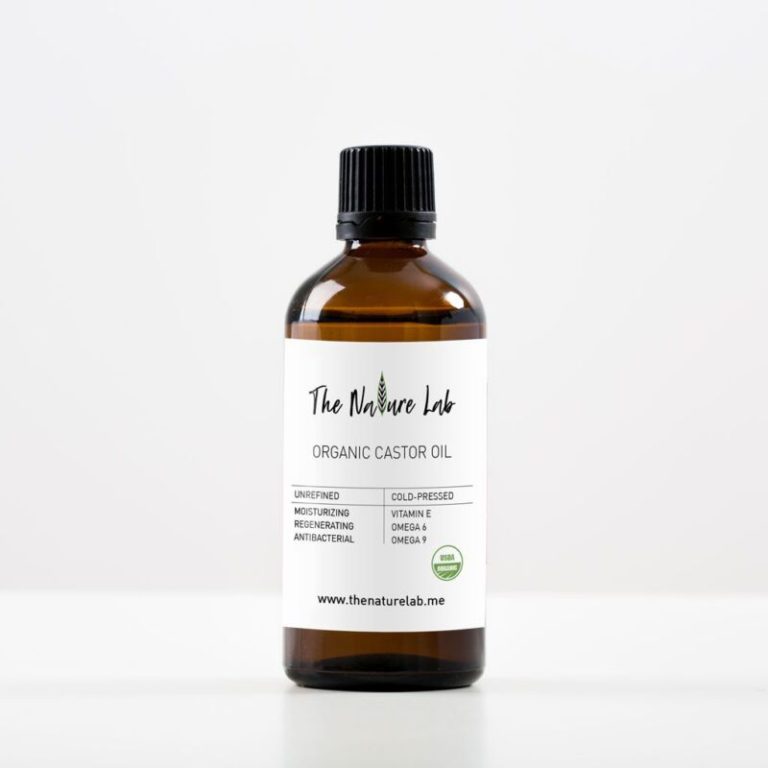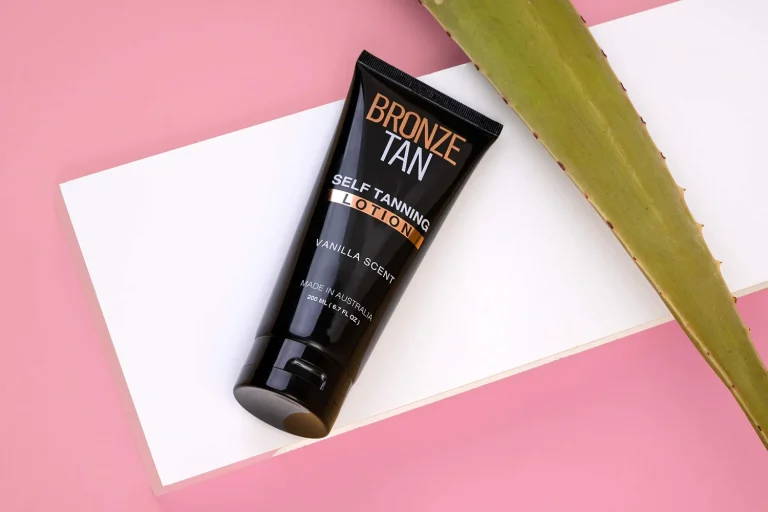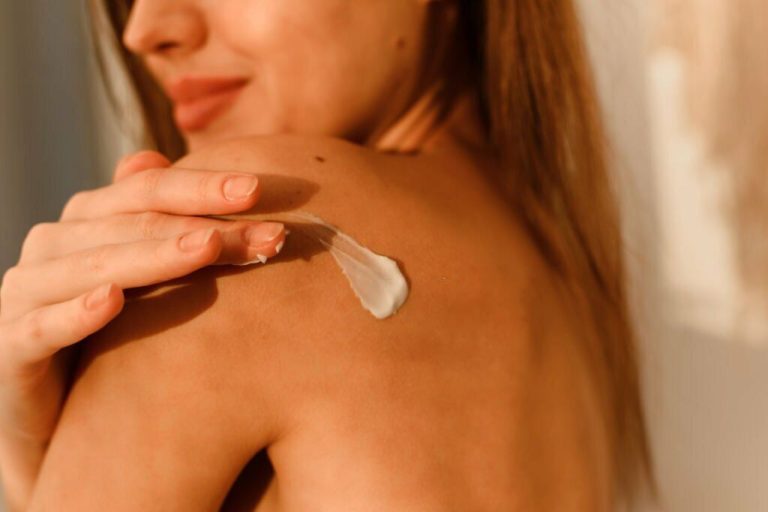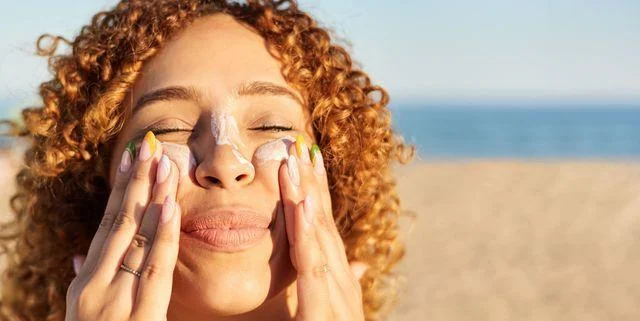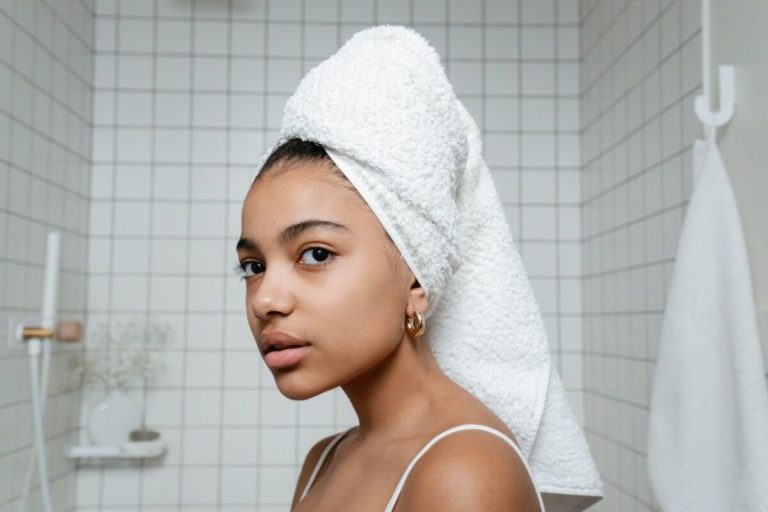How Long Does it Take to Tan at UV Index 5?
As summer arrives, many of us look forward to spending time soaking up the sun’s rays. A golden, sun-kissed tan is the ultimate sign of a fun vacation or time spent outdoors. However, while moderate exposure to the sun has mood-boosting and vitamin D benefits, too much can also be harmful.
The UV index is a helpful guide to measure the intensity of ultraviolet radiation from the sun. This article will explain what the UV index means, how long you can expect it to take to tan at UV index 5, and tips to tan safely without burning.
What is the UV Index?
Contents
The UV index is an international standard measurement of the strength of the sun’s UV rays at a given time. The values range from 0 up to 11+, with higher numbers indicating a greater potential for skin damage.
Here’s a quick guide to the UV index scale:
- 0-2 = Low exposure
- 3-5 = Moderate exposure
- 6-7 = High exposure
- 8-10 = Very high exposure
- 11+ = Extreme exposure
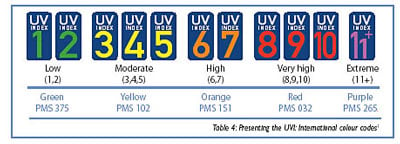
UV index 5 is right at the top end of moderate exposure. At this level, sun protection including sunscreen, hats, and shade is highly recommended. Fair skinned individuals can burn in less than 25 minutes.
How Long Does it Take to Tan at UV Index 5?
At UV index 5, tanning is certainly possible but it will be slower compared to higher index values. On average with moderate UV intensity, you can expect it to take 5-7 sessions of intentional tanning time to notice a visible change in skin color.
Each tanning session at UV index 5 should last 30-60 minutes. Start with shorter 30 minute blocks and gradually increase over days and weeks to allow skin to adapt without burning.
However, actual tanning results will vary based on multiple factors:
Skin Type Differences
- Fair skin: Very fair skin often accompanies light hair and eye color. With minimal melanin, fair complexions sunburn extremely easily and tend to tan very little. At UV index 5, fair skin may need 10 or more careful tanning sessions to see light color change.
- Medium skin: If you sometimes burn then tan, or you have brown or blonde hair with green or brown eyes, your medium skin tone falls in the middle of the tanning spectrum. With medium melanin levels, expect to need 5-7 sessions to notice a tan.
- Olive skin: With olive or moderate brown complexion, thick dark hair, and brown or hazel eyes, your skin has quite a bit of melanin. You’ll tan faster than fair skin after 2-3 sessions of 30-60 minutes in the sun at UV index 5.
- Dark skin: With very high concentrations of melanin, dark brown to black skin color tans quickly and deeply. At UV index 5, just 1-2 careful tanning sessions achieves noticeable tan results.
Time of Day
To maximize tanning potential, try to get sun exposure when UV rays are most intense. The optimal sun tanning hours at UV index 5 conditions are 10am to 2pm. Earlier morning and later afternoon sun won’t trigger the tanning process as quickly.
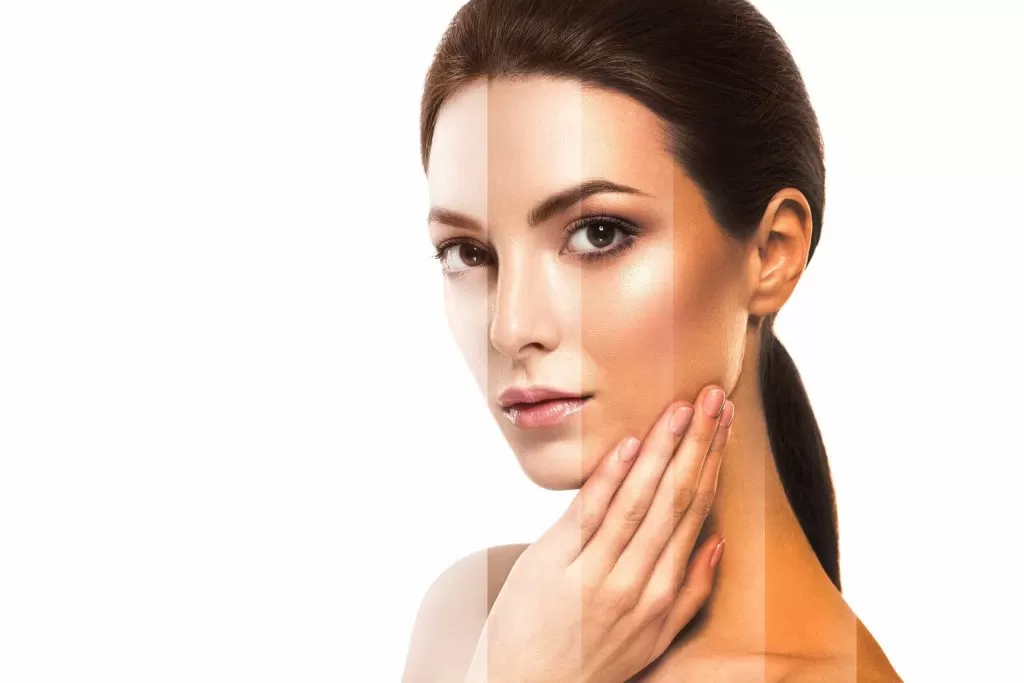
Location Variance
Where you live and vacation also impacts tanning due to differences in UV levels. Places located nearer the equator like Hawaii, Mexico, and Southern California have more direct overhead sunlight resulting in 5-15% higher UV index measurements.
Cloud Cover
The more cloud coverage there is, the less UV radiation reaches your skin. At the same moderate UV index 5, partly cloudy days will require a few more 30-60 minutes sessions to tan compared to full sun conditions.
Sunscreen Use
Higher SPF sunscreen (SPF 30+) blocks more UV rays to protect skin longer. This means tanning takes longer. Opting for SPF 15 sunscreen allows more UV exposure to help increase tanning pace. Just be cautious to avoid burning.
How to Maximize Your Tan Potential
Follow these tips to help maximize your tanning results while staying safe:
- Only tan outside during peak UV hours from 10am to 2pm.
- Start with just 20-30 minutes of sun exposure on day 1. Slowly increase to 60 minutes over 14 days to allow skin to adapt without burning.
- Apply broad spectrum SPF 15 or 30 sunscreen every 2 hours, especially after sweating or swimming which can decrease effectiveness. Reapply right away if skin appears pink or feels tender.
- Rotate tanning areas instead of one spot continuously to avoid overexposure. Tanning beds/lamps allow controlling where UV light shines.
- Moisturize skin before and after sun exposure to maximize results. Hydration allows melanin pigments to spread evenly.
What If Tanning Seems Slow?
Be patient when tanning at the moderate UV index 5 level. But if you’ve had at least 7-10 careful sun sessions (or 12-15 tanning bed sessions) and still don’t see color change, consider these troubleshooting tips:
- Increase direct sun time: Add 10-15 minutes per session if skin tolerates it.
- Use lower SPF sunscreen like SPF 15 to allow more UV rays to hit skin.
- Try sunless tanning lotions or sprays that work on top layers of skin to give an instant bronzed glow.
- Take an over-the-counter tanning pill with melanin-stimulating ingredients like L-tyrosine and copper supplements. Research brands for safety.
- If tanning totally indoors, stand nearer to UV lamps during short sessions for most exposure. Rotate between beds/booths.
Protecting Your Skin While Tanning
To avoid sun damage while working on your glow, be sure to:
- Wear a wide-brimmed hat and UV-blocking sunglasses. Seek shady spots during peak sun hours.
- Watch for signs of burning like skin redness, tenderness, or puffiness. End the tanning session right away and soothe skin.
- Stay hydrated by drinking extra water before, during, and after sun exposure. Dehydration leaves skin vulnerable.
- Moisturize liberally before and after tanning. Hydration prevents dryness, peeling, and helps prolong tan results.
- Take vitamin D3 supplements to maximize mood and health benefits while limiting length of UV exposure.
The Bottom Line on Tanning at UV Index 5
In summary, tanning at the moderate UV index 5 level takes more time and caution compared to higher intensity sunlight conditions. But this approach helps prevent overexposure leading to sunburns and long-term skin damage.
For most skin types, allow around 5-7 careful UV exposure sessions of 30-60 minutes each to achieve visible tanning. Fair skin needs extra caution and sessions. Tanning aids and tips can help maximize color development.
The healthiest approach is to use the UV index as your sun exposure guide. Seek shade during peak hours, cover up, and enjoy the safe cosmetic benefits of a golden glow achieved over multiple moderate sessions. With smart preparation, you can maximize tanning results all summer long.

Founded by Sophia Rodriguez, IGXO Cosmetics is a PETA-certified, cruelty-free, and vegan makeup brand.

